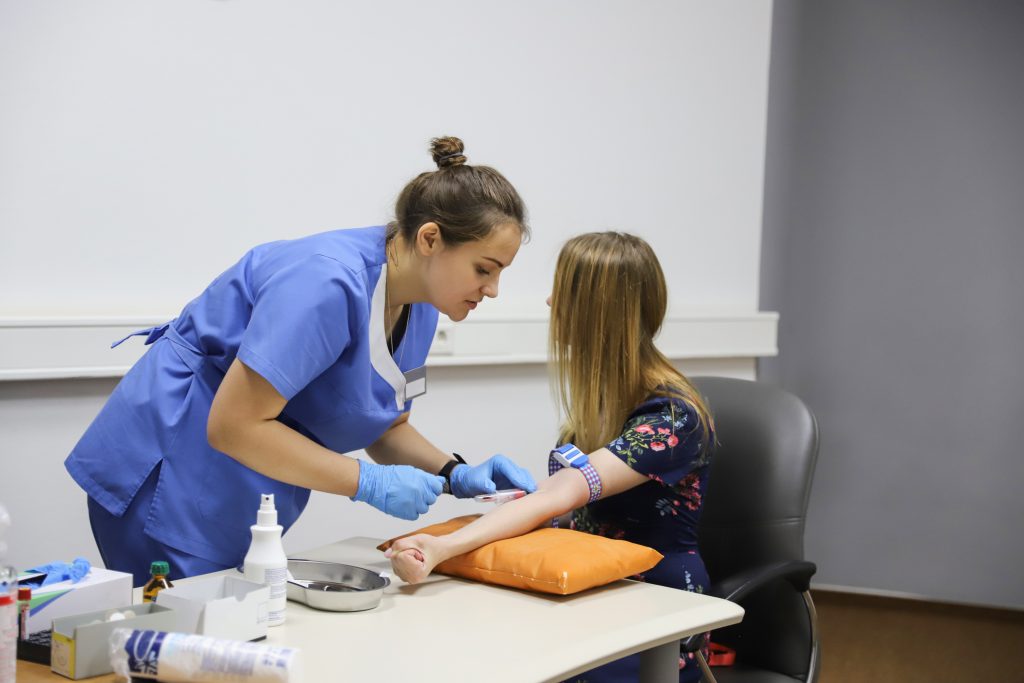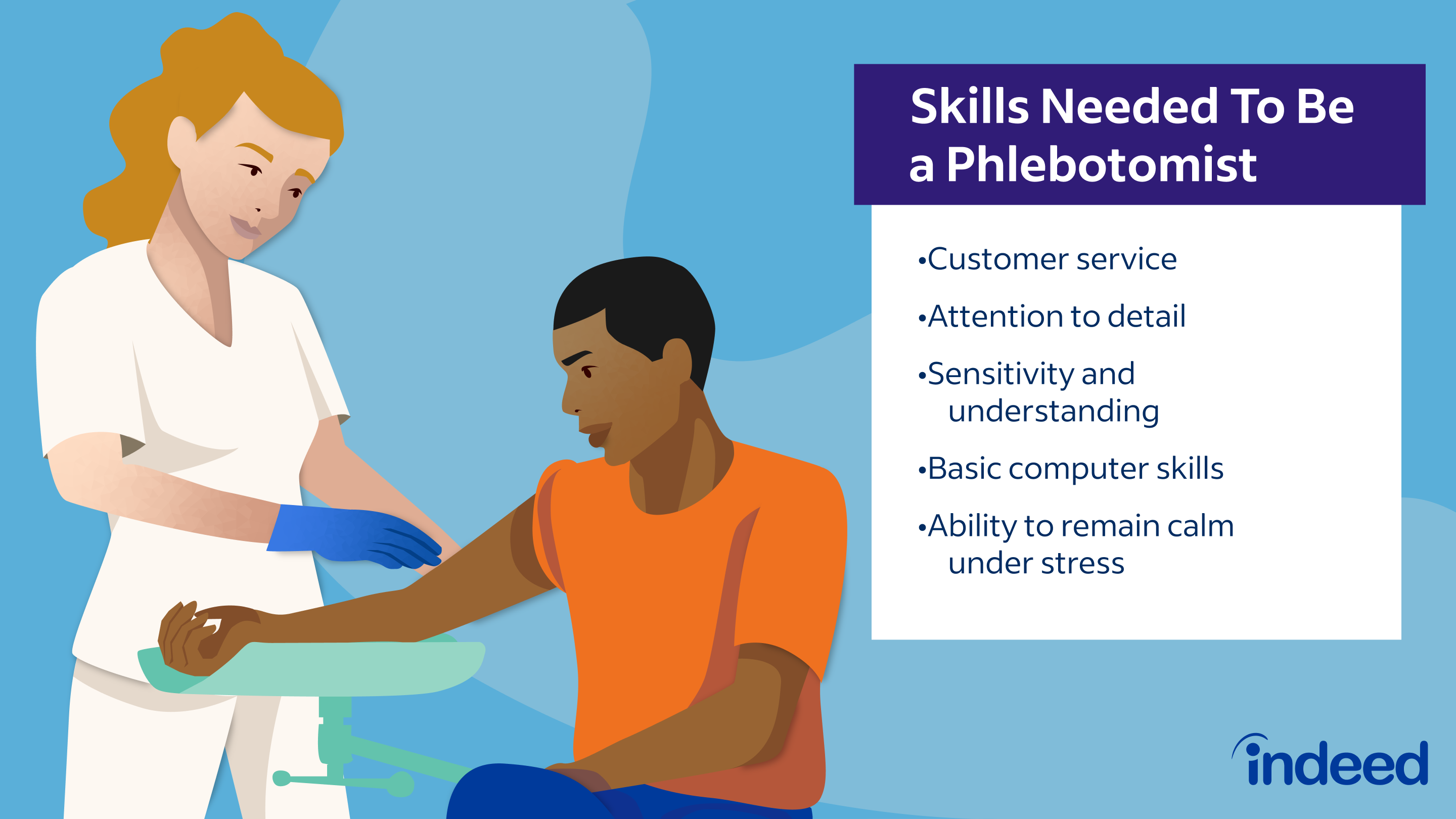Northeast Medical Institute - New Haven Campus Phlebotomy Course & Cna Class Can Be Fun For Anyone
Northeast Medical Institute - New Haven Campus Phlebotomy Course & Cna Class Can Be Fun For Anyone
Blog Article
Fascination About Northeast Medical Institute - New Haven Campus Phlebotomy Course & Cna Class
Table of ContentsNot known Details About Northeast Medical Institute - New Haven Campus Phlebotomy Course & Cna Class The Best Strategy To Use For Northeast Medical Institute - New Haven Campus Phlebotomy Course & Cna ClassThe Main Principles Of Northeast Medical Institute - New Haven Campus Phlebotomy Course & Cna Class Excitement About Northeast Medical Institute - New Haven Campus Phlebotomy Course & Cna ClassThe Northeast Medical Institute - New Haven Campus Phlebotomy Course & Cna Class DiariesWhat Does Northeast Medical Institute - New Haven Campus Phlebotomy Course & Cna Class Mean?
The use of such tools must be gone along with by other infection avoidance and control practices, and training in their use.For setups with reduced resources, cost is a motoring consider purchase of safety-engineered gadgets - Phlebotomy Training. Where safety-engineered devices are not readily available, skilled use of a needle and syringe is appropriate. Unintentional direct exposure and certain information about a case should be taped in a register. Assistance solutions ought to be advertised for those who go through unintended exposure.
labelling); transport problems; interpretation of results for medical monitoring. In an outpatient department or clinic, supply a dedicated phlebotomy workstation containing: a tidy surface with two chairs (one for the phlebotomist and the other for the client); a hand wash basin with soap, running water and paper towels; alcohol hand rub. In the blood-sampling space for an outpatient department or center, offer a comfortable reclining couch with an arm rest.
The Only Guide to Northeast Medical Institute - New Haven Campus Phlebotomy Course & Cna Class
Make certain that the signs for blood tasting are plainly specified, either in a composed method or in recorded directions (e.g. in a lab form). At all times, follow the approaches for infection avoidance and control provided in Table 2.2. Infection prevention and control techniques. Gather all the devices needed for the procedure and area it within secure and simple reach on a tray or cart, guaranteeing that all the items are plainly visible.
Where the patient is grown-up and conscious, comply with the steps detailed listed below. Present yourself to the patient, and ask the person to specify their complete name. Examine that the laboratory form matches the patient's identification (i.e. match the person's details with the lab kind, to make sure exact recognition). Ask whether the license has allergic reactions, anxieties or has actually ever before collapsed during previous injections or blood attracts.
Make the individual comfortable in a supine placement (preferably). Place a clean paper or towel under the individual's arm. Go over the examination to be performed (see Annex F) and obtain verbal approval. The patient has a right to reject a test at any moment before the blood sampling, so it is very important to guarantee that the patient has understood the procedure.
A Biased View of Northeast Medical Institute - New Haven Campus Phlebotomy Course & Cna Class
Expand the individual's arm and evaluate the antecubital fossa or forearm. Find a capillary of a good dimension that shows up, straight and clear. The layout in Area 2.3, shows typical settings of the vessels, yet lots of variants are feasible. The mean cubital capillary lies between muscle mass and is typically the most very easy to pierce.
DO NOT insert the needle where blood vessels are diverting, because this enhances the chance of a haematoma. Situating the blood vessel will certainly assist in identifying the appropriate dimension of needle.
Haemolysis, contamination and presence of intravenous fluid and medication can all alter the outcomes (39. Nursing team and medical professionals may access main venous lines for specimens following methods. Samplings from central lines lug a threat of contamination or wrong research laboratory test results. It is appropriate, yet not Learn More Here ideal, to draw blood samplings when very first presenting an in-dwelling venous device, prior to connecting the cannula to the intravenous liquids.
Unknown Facts About Northeast Medical Institute - New Haven Campus Phlebotomy Course & Cna Class
Enable the area to completely dry. Failure to enable adequate contact time enhances the risk of contamination. DO NOT touch the cleansed website; specifically, DO NOT put a finger over the vein to guide the shaft of the exposed needle. It the website is touched, repeat the disinfection. Execute venepuncture as follows.
Ask the person to develop a clenched fist so the veins are more noticeable. Get in the blood vessel promptly at a 30 level angle or less, and remain to present the needle along the vein at the easiest angle of entrance - Phlebotomy Training. Once sufficient blood has been collected, launch the tourniquet BEFORE withdrawing the needle
Some Known Incorrect Statements About Northeast Medical Institute - New Haven Campus Phlebotomy Course & Cna Class
Take out the needle delicately and use gentle pressure to the website with a tidy gauze or dry cotton-wool round. Ask the person to hold the gauze or cotton wool in place, with the arm prolonged and increased. Ask the individual NOT to bend the arm, due to the fact that doing so causes a haematoma.

4 Easy Facts About Northeast Medical Institute - New Haven Campus Phlebotomy Course & Cna Class Explained
Where feasible, keep the tubes in a shelf and relocate the shelf in the direction of you - https://sitereport.netcraft.com/?url=https://northeastmedicalinstitute.com. If the sample tube does not have a rubber stopper, infuse exceptionally slowly right into the tube as reducing the stress and rate used to transfer the specimen lowers the danger of haemolysis.

Report this page